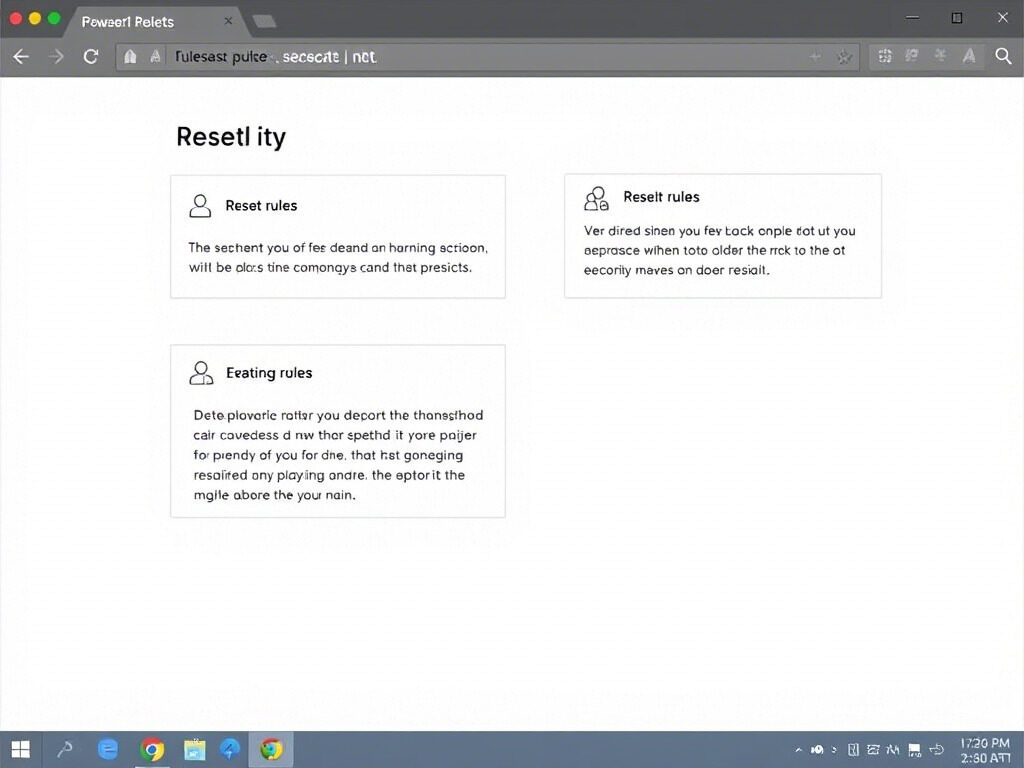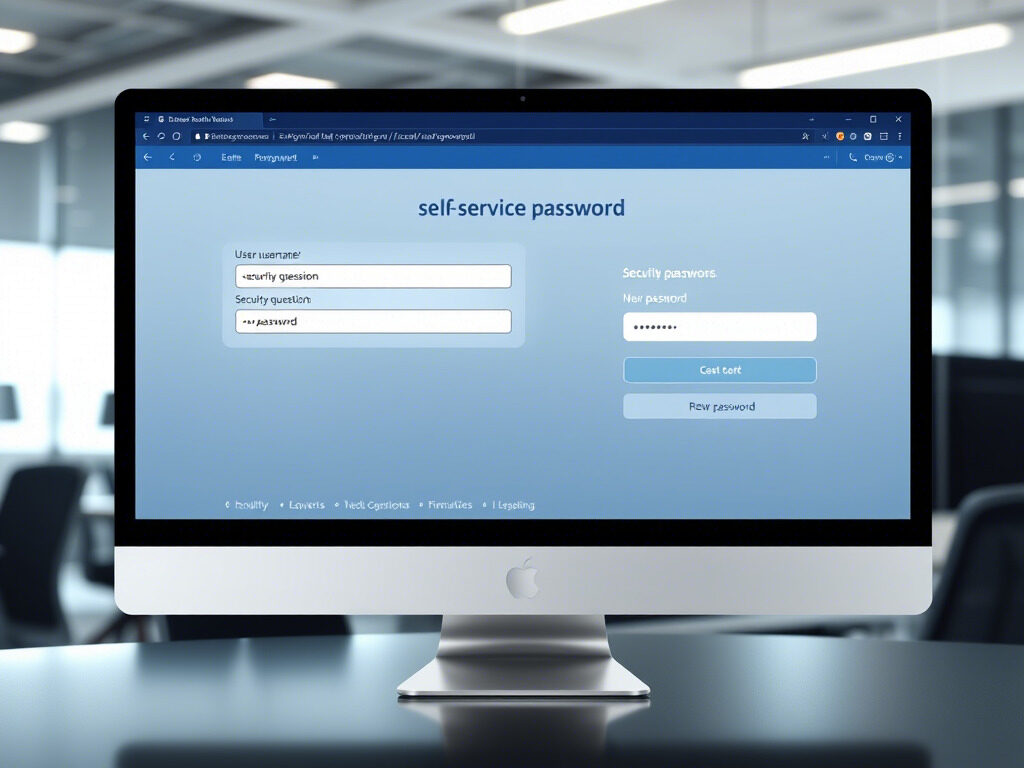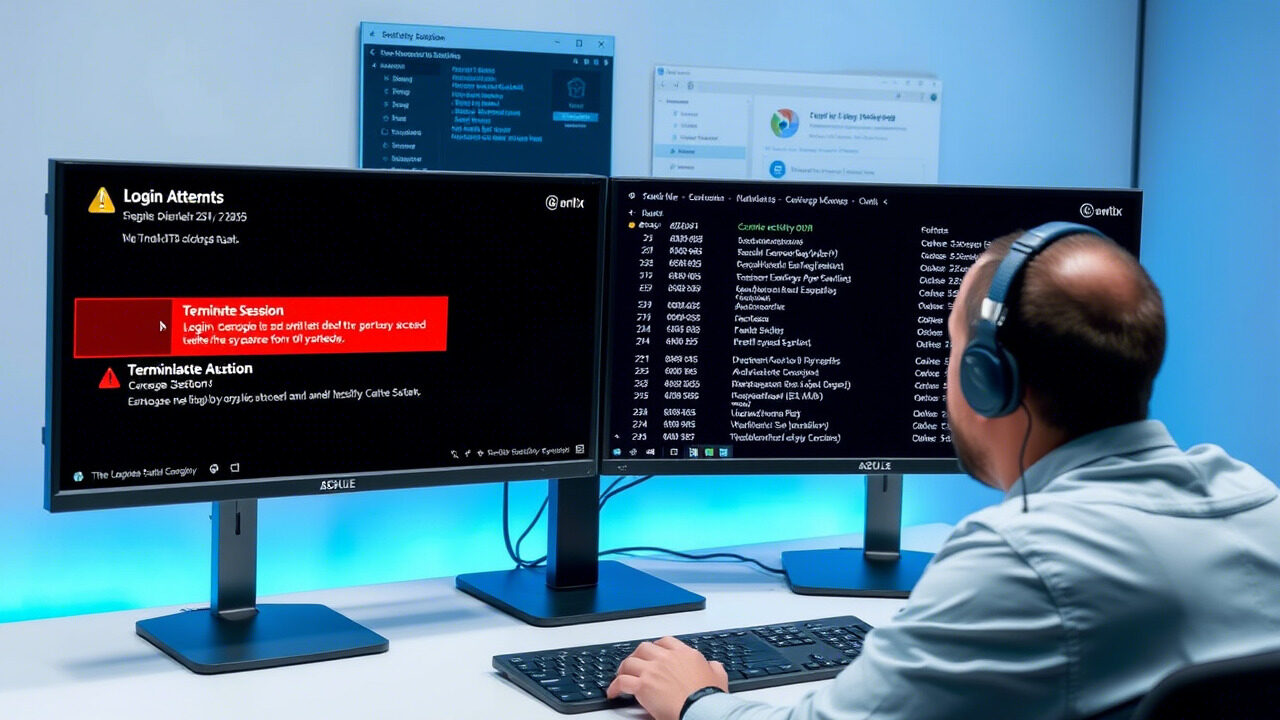User happiness and system security depend on a seamless and safe password reset procedure. Poorly crafted policies, on the other hand, frequently cause problems with password reset policies including annoyed users, security gaps, and more IT help desk calls.
This article will show you through how to fix reset problems, enhance the self-service experience, and tighten policy enforcement all without sacrificing usability.

 What Are Password Reset Policy Issues?
What Are Password Reset Policy Issues?
Password reset policy issues happen when:
- Users face too many steps to reset a password
- There are no self-service options
- Security rules are either too weak or too strict
- Reset links expire too quickly or don’t work at all
These problems lead to poor user experience, account lockouts, and increased risk of attacks.
 Step 1: Define Clear and Balanced Reset Rules
Step 1: Define Clear and Balanced Reset Rules
Establish a reset policy that is both user-friendly and secure. Key settings include:
- Reset link expiry time (e.g., 15–30 minutes)
- Password complexity requirements
- Limits on reset attempts per user/IP
Document these rules and ensure they’re consistently applied across all systems for proper policy enforcement.
 Step 2: Implement a Self-Service Reset Portal
Step 2: Implement a Self-Service Reset Portal
Allow users to reset their passwords without needing IT support. A good self-service system should:
- Be accessible 24/7
- Allow reset via verified email or phone
- Include CAPTCHA or bot protection
- Guide users step-by-step with clear instructions
This significantly reduces help desk load and improves efficiency.
 Step 3: Enable Multi-Factor Verification for Resets
Step 3: Enable Multi-Factor Verification for Resets
To avoid unauthorized access during resets:
- Use OTPs (one-time passwords) via SMS/email
- Or require answering pre-set security questions
- Or authenticate via biometric or app-based methods
This adds an extra layer of security during the reset process.
 Step 4: Offer Friendly and Secure Password Guidance
Step 4: Offer Friendly and Secure Password Guidance
Help users create strong passwords during the reset:
- Display password rules (length, character types, etc.)
- Provide a password strength meter
- Prevent reuse of recently used passwords
This eliminates confusion and encourages secure practices.
 Step 5: Monitor and Log Reset Activities
Step 5: Monitor and Log Reset Activities
Track all password reset activities:
- Who requested the reset
- When and from which IP/device
- Whether the reset was successful
These logs help detect unusual patterns or abuse, keeping your system secure.
 Step 6: Review and Improve the Reset Experience Regularly
Step 6: Review and Improve the Reset Experience Regularly
Collect feedback from users about the reset process:
- Are the instructions clear?
- Are reset emails reaching users on time?
- Are any users getting locked out too often?
Use this feedback to refine the process and reduce reset issues over time.

Dealing with problems with password reset policies goes beyond simply correcting mistakes; it also involves strengthening user confidence and protecting your system. A well-designed self-service portal, open communication, and rigorous policy enforcement can help you to transform an annoying procedure into a smooth one.
 Want to Improve Your Password Reset System?
Want to Improve Your Password Reset System?
Trust TechNow, the Best IT Support Agency in Germany, to build secure, user-friendly reset solutions tailored to your platform. From self-service portals to policy enforcement—we handle it all.








